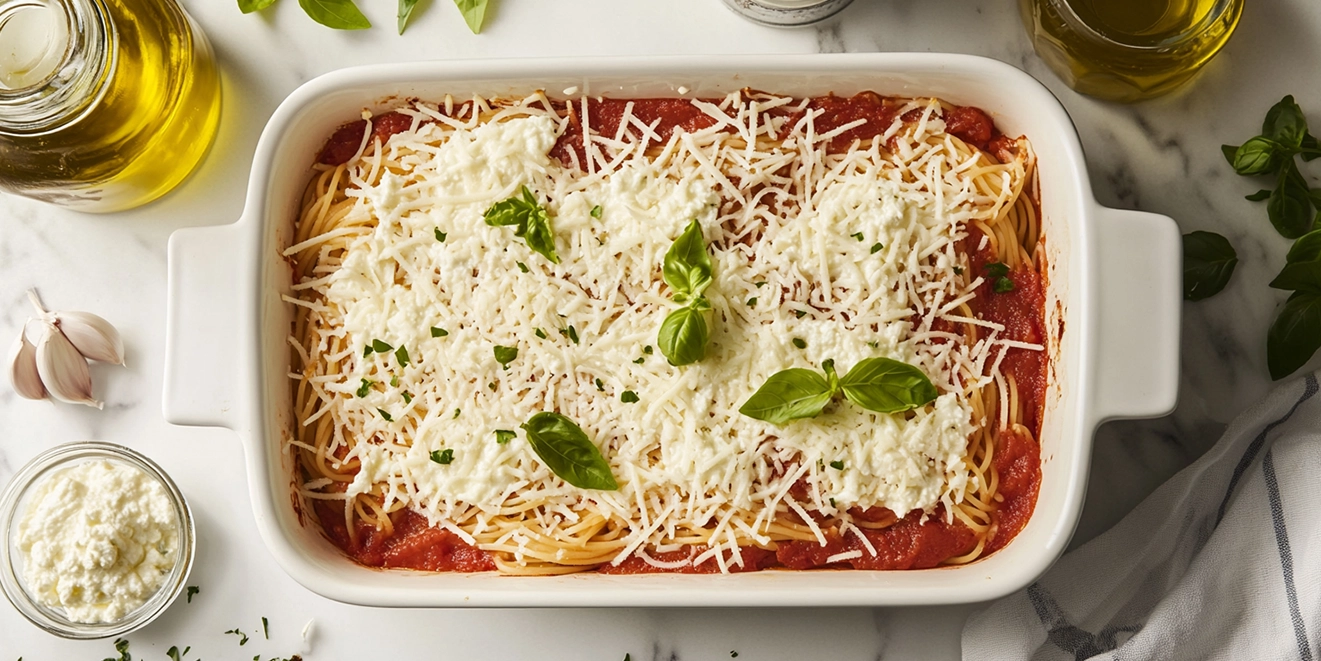
Table of Contents
Understanding Spaghetti Varieties
- Regular cooking Spaghetti: Made from refined wheat flour, it has a smooth texture and mild flavor. It’s the classic choice for traditional Italian dishes and is loved for its consistent Cooking spaghettiq quality and versatility.
- Whole Wheat cooking Spaghetti: This variety retains more fiber and nutrients from whole-grain wheat flour. It has a nuttier flavor and a slightly denser texture, making it a healthier choice for those looking to add more whole grains to their diet.
- Gluten-Free Spaghetti: Ideal for those with gluten intolerance or celiac disease, this type is often made from rice, corn, quinoa, or chickpeas. Gluten-free Spaghetti comes in various textures, and some mimic regular pasta quite well, while others might feel slightly different.
Fresh vs. Dried Spaghetti
Spaghetti also comes in two primary forms based on its preparation and storage:
- Fresh Spaghetti: Made with eggs and Water, fresh Spaghetti has a soft, delicate texture and a richer taste. It cooks quickly, usually within 2–4 minutes, and pairs beautifully with lighter sauces like carbonara or lemon butter. However, it has a shorter shelf life and needs refrigeration.
- Dried Spaghetti: Made from durum wheat semolina and Water, dried Spaghetti is firm and has a long shelf life. It takes about 8–12 minutes to cook and holds up well with hearty, robust sauces like marinara or Bolognese. It’s the most common form of Spaghetti and is great for everyday meals.
Preparing for Perfect Spaghetti
Choosing the Right Pot and Utensils
The foundation of perfect Spaghetti begins with the right tools:
- Pot Size: Use a large, deep pot to cook the Spaghetti evenly without sticking it together. A pot that holds at least 4–5 quarts is ideal for a standard package of spaghetti spaghetti. A long-handled spoon or pasta fork helps stir the pasta without breaking it, while tongs or a pasta server make it easy to remove and serve. A colander is essential for draining the cooked pasta.
Importance of Water-to-Spaghetti Ratio
The water-to-spaghetti ratio is crucial for achieving the perfect texture:
- Why It Matters: Spaghetti needs enough Water to move freely while cooking, which prevents clumping and ensures even cooking.
- The Ratio: Use 4–6 quarts of Water per pound of Spaghetti. This allows the pasta to hydrate correctly and absorb flavor during cooking.
Always ensure the Water returns to a rolling boil after adding the spaghettiSpaghettiwhich helps maintain the right temperature for even cooking.
Adding Salt: Why and When
Salt plays a vital role in flavoring the pasta:
- Why Add Salt: Salting the Water enhances the natural taste of the Spaghetti. The pasta itself is flavorful and not bland. Think of it as the foundation for your dish.
- When to Add Salt to the Water: Once the Water reaches a boil, just before adding the Spaghetti, the salt dissolves evenly and infuses the pasta during cooking.
The Science Behind Cooking Times
How Altitude Affects Cooking Times
Cooking Spaghetti at spaghetti altitudes requires adjustments due to changes in the Water’s boiling point:
- Boiling Point Reduction: Water boils at a low temperature at higher altitudes because of reduced atmospheric pressure. For instance, Water may boil at 203°F (95°C) instead of 212°F (100°C).
- Impact on Cooking: Lower boiling temperatures mean the Spaghetti takes longer to cook. Depending on the altitude, you might need to increase the cooking time by 1–2 minutes or more.
Impact of Water Temperature
The temperature of the Water directly influences the cooking process:
- Rolling boil is key. Cooking Spaghetti in Water that’s not fully boiling slows down the process and can result in unevenly cooked pasta.
- Maintaining Heat: After adding Spaghetti, the temperature may drop briefly. Stir and ensure the Water returns to a boil quickly to prevent sticking and provide consistent cooking.
Starch Release and Texture Transformation
Spaghetti undergoes key chemical changes during cooking:
- Starch Release: As spaghetti cooks, the surface starches hydrate and gelatinize, creating a soft yet firm texture. This starch also thickens sauces when pasta water is added.
- Texture Transformation: The goal is to cook spaghetti “al dente,” which means the pasta is tender but still has a slight bite. Overcooking dissolves too much starch, making the pasta mushy.
Step-by-Step Cooking Guide
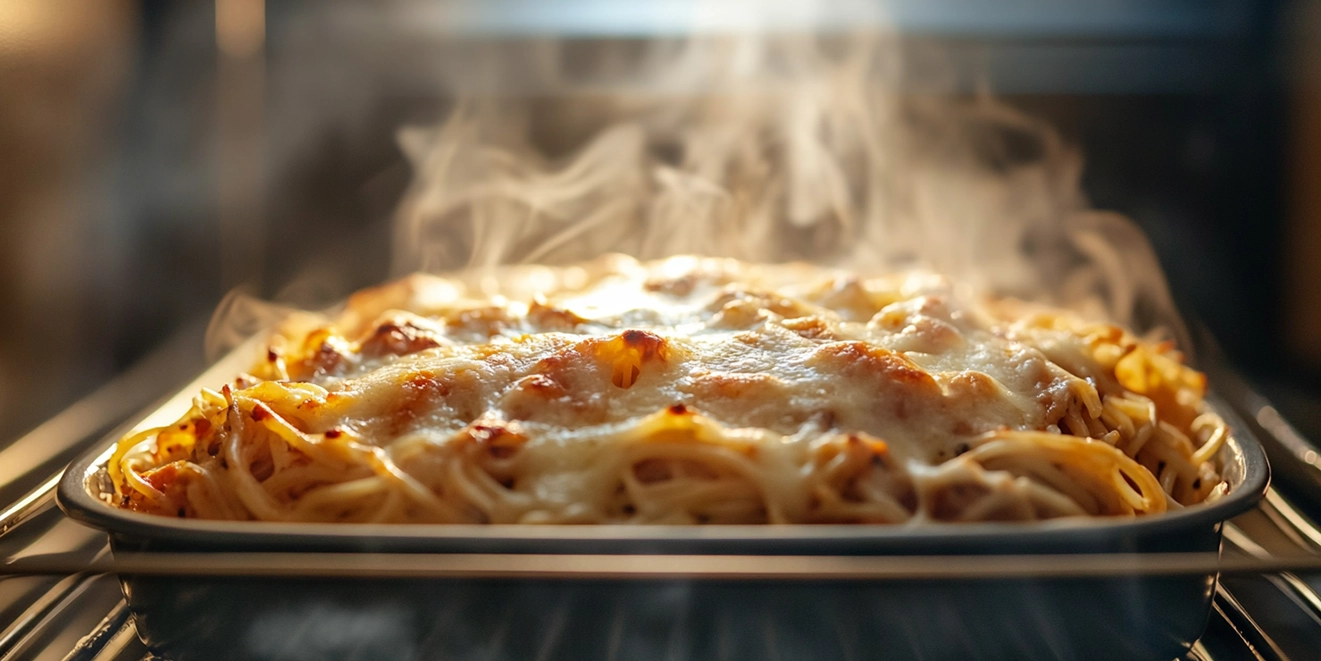
Bringing Water to a Boil
The first step to perfect spaghettiSpaghettipriately preparing the cooking water:
- Fill the Pot: Fill a large pot with 4–6 quarts of Water per pound of Spaghetti. Water: Add 1–2 tablespoons of salt to enhance flavor. The Water should taste slightly salty, similar to seawater.
- Bring to a rolling boil: Ensure the Water is vigorously boiling before adding the Spaghetti. Pamphetti prevents the pasta from sticking and ensures even cooking.
How to Stir and Monitor
- Proper stirring and monitoring are key to evenly cooked spaghettiSpaghetti SpaghettiSpaghettiy: Drop the Spaghetti into boiling Water and gently push it down until fully submerged. Avoid breaking the pasta.
- Stir immediately within 1–2 minutes to prevent the Spaghetti from sticking together or to the bottom of the pot.
- Monitor the Boil: Keep the Water at a rolling boil throughout the cooking process, adjusting the heat if necessary.
Testing for Al Dente Perfection
- Achieving an “al dente” texture is essential for perfect Spaghetti. Timing: Check the cooking time on the package as a guideline, but start testing 1–2 minutes before the suggested time.
- Taste Test: Remove a strand with tongs, cool it briefly, and bite into it. The Spaghetti should be tender but slightly firm in the center.
- Avoid Overcooking: Spaghetti should cook slightly after draining, so stop cooking when it’s too dense.
Cooking Times by Spaghetti Type
Regular Spaghetti
- Typical Cooking Time: 8–12 minutes, depending on thickness.
- Tips: Check for al dente texture 1–2 minutes before the package recommendation—regular spaghetti spaghetti firmness when properly cooked.
Whole Wheat Spaghetti
- Typical Cooking Time: 10–14 minutes.
- Tips: Whole wheat pasta takes slightly longer to cook due to its denser texture. Taste-test frequently to avoid overcooking, as it can become mushy.
Fresh and Handmade Spaghetti
- Typical Cooking Time: 2–4 minutes.
- Tips: Fresh pasta cooks much faster than dried varieties. Watch closely, as it can go from perfect to overcooked in seconds. It is ideal for light, delicate sauces.
Gluten-Free Spaghetti
- Typical Cooking Time: 7–11 minutes, depending on the base ingredient (rice, corn, quinoa, etc.).
- Tips: Gluten-free pasta is more fragile and prone to breaking. Stir gently and avoid overcooking, as it can quickly become mushy.
Common Mistakes to Avoid
Overcooking or Undercooking
- Problem: Overcooked spaghettiSpaghettimushy, while undercooked pasta is too firm and unpleasant to eat.
- Solution: Test for doneness regularly and aim for an al dente texture. Remember that pasta continues to cook slightly after draining.
Skipping Salt in the Water
- Problem: Unsalted water results in bland spaghettiSpaghettier how flavorful the sauce is.
- Solution: To enhance the flavor of the pasta, add 1–2 tablespoons of salt per 4–6 quarts of Water.
Not Using Enough Water
- Problem: Insufficient Water leads to clumping and uneven cooking.
Solution: Use a large pot with plenty of Water, at least 4–6 quarts for every pound of spaghetti spaghetti and Cooling Techniques
Proper Draining Without Over-Drying
- Technique: Use a colander to drain the Spaghetti gently to remove excess Water without letting it sit too long. This prevents the pasta from drying out or becoming sticky.
Tip: Reserve a cup of Water for the pasta before draining it. This starchy Water adjusts the sauce’s consistency and helps it cling to the Spaghetti. Should I rinse?
- When Not to Rinse: For most recipes, avoid rinsing the spaghettiSpaghettiaining. The starch on the pasta helps sauces adhere better, enhancing the flavor and texture.
- When to Rinse: If making a cold pasta salad or preventing clumping for later use, rinse the Spaghetti with cold Water to stop cooking.
Enhancing Flavor Post-Cooking
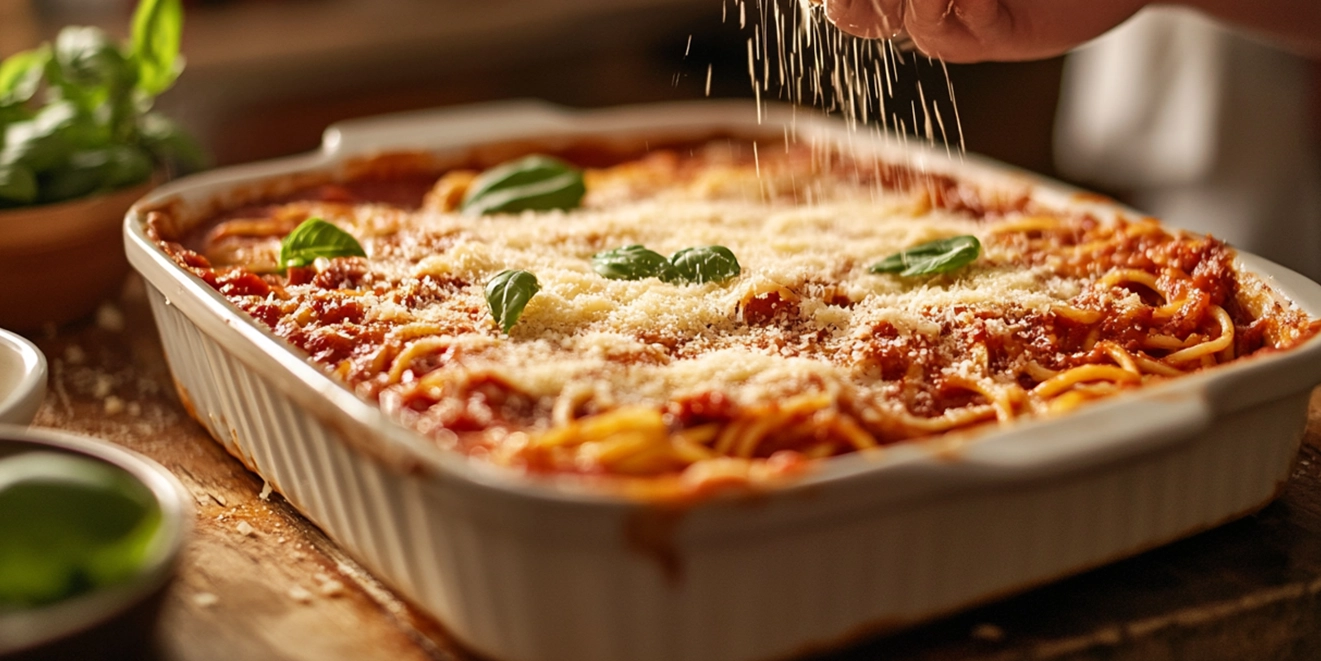
Tossing with Olive Oil or Butter
- Why: Tossing cooked spaghettiSpaghettive oil or butter prevents sticking and adds a subtle richness.
- How: Add a drizzle of olive oil or a pat of butter while the pasta is still warm, and toss until evenly coated.
Mixing with Sauce
- Why: Mixing the spaghettiSpaghettice ensures every strand is coated for a flavorful dish.
- How: Add the drained Spaghetti with your sauce and toss over low heat for 1–2 minutes to melt the flavors.
Adding Fresh Herbs and Toppings
- Why: Fresh herbs and toppings elevate the dish with color, aroma, and flavor.
- How: Garnish with chopped parsley, basil, grated Parmesan, or a sprinkle of red pepper flakes for extra depth.
Quick Spaghetti Recipes
Classic Spaghetti with Tomato Sauce
- Cook spaghetti until al dente.
- Heat a pan with olive oil, sauté garlic and onions, and add canned tomatoes. Simmer until thickened.
- Toss the spaghetti sauce, garnish it with fresh basil, and serve it with Parmesan.
Spaghetti Aglio e Olio
- Cook spaghettiSpaghettirve some pasta water.
- Sauté sliced garlic in olive oil until golden. Add red pepper flakes for a spicy kick.
- Toss the spaghettiSpaghettiarlic oil, adding pasta water for consistency. Garnish with parsley.
Spaghetti Carbonara
- Cook spaghetti and reserve pasta water.
- In a bowl, whisk eggs with grated Parmesan and black pepper.
- Sauté pancetta or bacon until crispy, then toss with the hot spaghettiSpaghettiStir in the egg mixture off the heat, adding reserved pasta water as needed for a creamy sauce. Serve immediately.
Frequently Asked Questions
- How long should you cook spaghetti spaghetti? The cooking time for spaghettiSpaghettiepending on the type:
- Regular spaghettiSpaghettinutes.
- Whole wheat spaghetti: 10–14 minutes.
- Gluten-free spaghettiSpaghettinutes.
- Fresh spaghettiSpaghettiutes.
- Refer to the package instructions as a guideline and begin testing for al dente texture 1–2 minutes before the recommended time.
How long does it take to cook spaghettiSpaghettioil?
- Answer: Once the Water reaches a rolling boil and you add the spaghettiSpaghettiour timer:
- Regular spaghetti spaghetti takes 8–12 minutes.
- Ensure the Water returns to a boil quickly after adding the pasta, and stir occasionally to prevent sticking.
How long until Spaghetti Spaghetti is cooked?
- Answer: Spaghetti is fully cooked when it is “al dente,” meaning tender but slightly firm in the center. Taste test a strand after the minimum recommended cooking time on the package and continue cooking as needed.
Do you break spaghetti spaghetti?
- Answer: No, traditionally, spaghetti Spaghetti is broken in half.
- Why Not: Long strands of spaghetti spaghetti to be twirled around a fork, preserving the authentic eating experience.
- Alternative: Use a larger pot with enough Water to accommodate the entire length of the Spaghetti. Spaghetti ends into the boiling water gently, and within seconds, the pasta will soften and submerge completely.
Expert Tips for Perfect Spaghetti
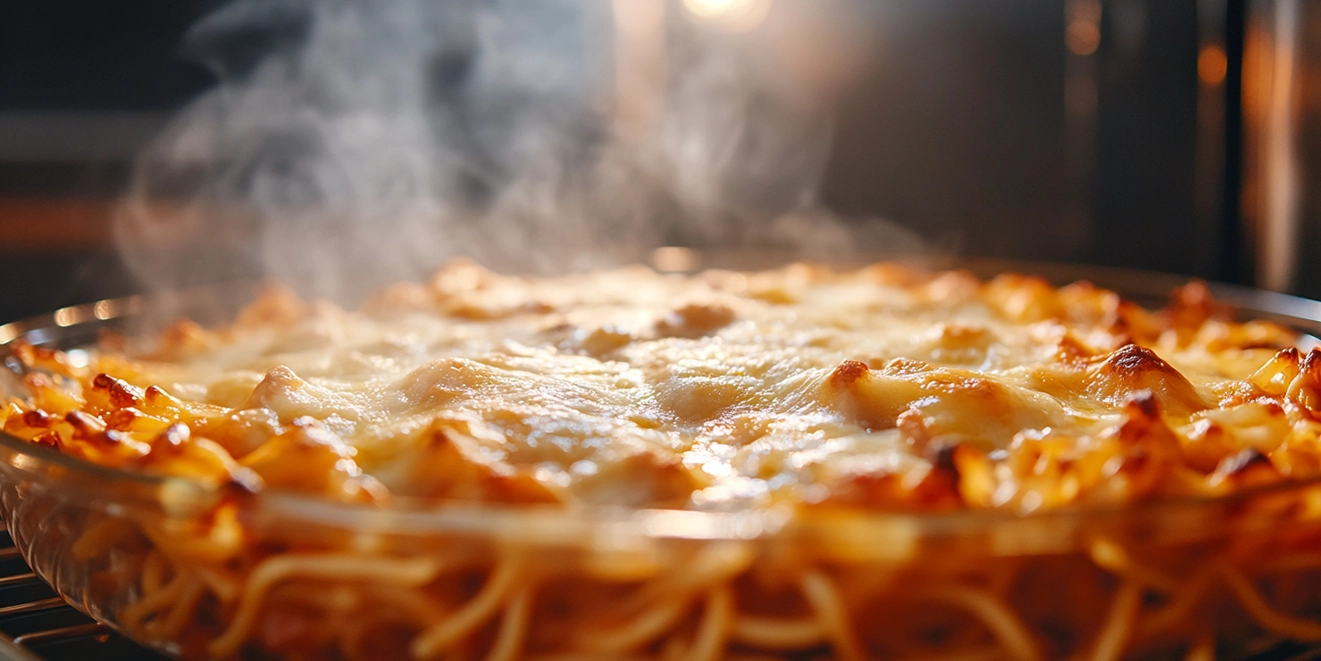
Timing Tips for Busy Cooks
- Pre-Boil Water: Keep a kettle of hot Water ready to reduce the time it takes to bring your pot to a boil.
- Plan Ahead: Measure and prepare your ingredients (salt, spaghettiSpaghettiwhile waiting for the Water to boil.
- Cook Once, Serve Twice: Make extra spaghetti leftovers in an airtight container for quick meals the next day. Reheat with a splash of pasta water or sauce to restore moisture.
Using Kitchen Gadgets to Simplify Cooking
- Pasta Cooker or Insert: A pot with a pasta insert makes draining easy without needing a colander.
- Digital Timer: Use a timer to track cooking time accurately, especially when multitasking.
- Electric Kettle: Quickly boil Water to start the cooking process faster.
- Tongs or Pasta Server: These tools make handling and serving spaghettiSpaghettind prevent breakage.
Secrets from Italian Chefs
- Salt the WWaterGenerously: Italians say, “The water should taste like the sea.” Properly salted Water enhances the pasta’s flavor.
- Use the Pasta Water: Reserve a cup of starchy pasta water to blend with sauces. It helps the sauce cling to the spaghetti spaghetti depth.
- Finish in the Sauce: Always toss the cooked spaghettiSpaghettiauce for 1–2 minutes over low heat. This step melds the flavors and creates a harmonious dish.
- Quality Ingredients Matter: Use high-quality olive oil, Parmesan, and fresh herbs for authentic Italian flavors.
Pairing Spaghetti with Sides
Salads That Complement Spaghetti
- Classic Caesar Salad: Crisp romaine lettuce, creamy Caesar dressing, Parmesan cheese, and crunchy croutons make this a timeless choice to balance the richness of spaghetti dishes.
- Caprese Salad: Slices of fresh mozzarella, ripe tomatoes, basil drizzled with olive oil and balsamic glaze offer a refreshing, light accompaniment.
- Arugula and Lemon Salad: The peppery bite of arugula paired with a zesty lemon vinaigrette cuts through heavier spaghetti sauces like carbonara or Alfredo.
- Mediterranean Salad: A mix of cucumbers, cherry tomatoes, red onions, feta cheese, and olives, tossed with olive oil and oregano, pairs wonderfully with tomato-based spaghetti sauces.
Bread and Other Side Dishes
- Garlic Bread: Warm, buttery bread infused with garlic and herbs is a must-have side for soaking up extra sauce. Serve toasted for a satisfying crunch.
- Focaccia: This Italian flatbread, often topped with rosemary and olive oil, provides a flavorful and hearty companion to spaghetti dishes.
- Roasted Vegetables: A medley of roasted zucchini, bell peppers, and eggplant adds a healthy, colorful side that complements spaghettiSpaghettito Platter: A selection of cured meats, cheeses, marinated olives, and artichokes offers a flavorful starter or side for a complete Italian-themed meal.
- Mozzarella Sticks: A fun, cheesy side dish that pairs exceptionally well with spaghettiSpaghettinara.
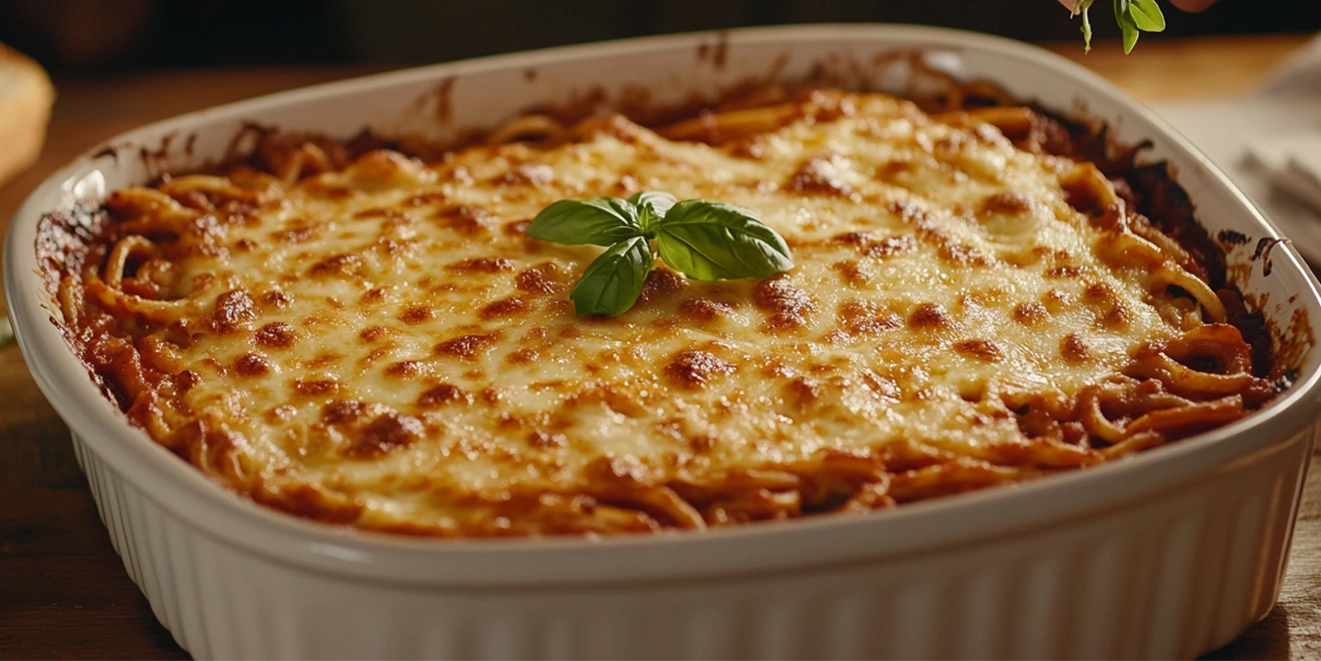
Conclusion and Final Thoughts
Cooking spaghetti is more than just preparing a meal—it’s an opportunity to create a dish that brings joy to your table. Following these tips and exploring the related recipes, you can transform a simple pasta dish into a flavorful masterpiece. The possibilities are endless, whether you stick with a classic marinara or try something adventurous like baked Spaghetti. Pair your meal with a side of freshly baked bread using our French bread recipe, or add a creative twist with appetizers like sausage balls. Keep experimenting, pairing, and perfecting your craft, and soon, you’ll have a collection of go-to recipes that will delight friends and family alike. Happy cooking!
Encouragement to Experiment
Spaghetti is one of the most versatile dishes in the culinary world. Experiment with different sauces, ingredients, and sides to create unique and personalized meals. Don’t be afraid to try new flavors, textures, or even cultural twists to make the dish your own.
